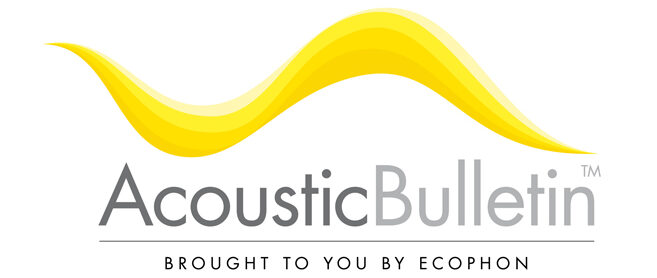Neil Logue and Emma Greenland
In November, groundbreaking new schools in Liverpool UK, hosted the BCSE World Learning Environments Conference which was organised by the British Council for School Environments. One of the breakout sessions was Acoustics, furniture and flexible spaces where Emma Greenland of WSP Group and Neil Logue, Managing Director of Kilworth Studio presented approaches and advice regarding how to ensure future flexible teaching and learning spaces can accomodate; immediate, short term and long term versatility.
Both Emma and Neil stressed the need to engage with the Client at the earliest possible opportunity, to co ordinate activity plans identifying the key activity and management interactions, and identify potential specialist listener groups.
Emma who has recently carried out an award winning PhD on acoustics in semi-open primary school spaces considered personalised listening to be a key focus. Although 80% hearing impaired children are now in mainstream schools, actually noise and distraction had a much wider risk group. She put forward a case for alternative Speech Transmission Index (STI) criteria which are specific to the listening scenario and personal needs of the listener. Emma suggested that, where simultaneous instruction/teaching occur within an open plan space, a maximum of 3 classebases working alongside in close proximity is manageable, with at least 20dB(A) attenuation between classbases (achieved by a semi open arrangement or screening). She discussed critical listening and a range of different spaces appropriate for personalised listening.
Key points for consideration of versatile spaces;
Co ordinate and discuss activity plan as early as possible
Base versitility thinking around
Agile – Immediate use
Flexible – Short term use
Adaptable – Long term use
More defined and detailed STI values
Maximum of 3 classbases in close proximity
At least 20dB(A) attenuation between classbases
The design should consider the implications of potential future adaptations (ie effect on acoustic performance, circulation routes, and servicing)
If you would like more information regarding this session or Emma’s research please contact [email protected]
Neil has set up a research centre in conjunction with “>DCSF where Kilworth have various layouts demonstrating for example potential cluster and collaborative learning models. Neil pointed out that budgets for FF&E; (furniture, fittings and equipment) are not in the contractors remit so the schools have an opportunity for more direct influence and control here.

Atrium space at Halewood Centre for Learning

Atrium with semi enclosed teaching spaces on upper levels

Knowsley School atrium and staircase breakout areas

Semi open teaching spaces

Teachers movable cupboard

Footer

Ecophon develops, manufactures and markets acoustic panels, baffles and ceiling systems that contribute to a good working environment by enhancing peoples’ wellbeing and performance. Our promise »A sound effect on people« is the core backbone of everything we do.
